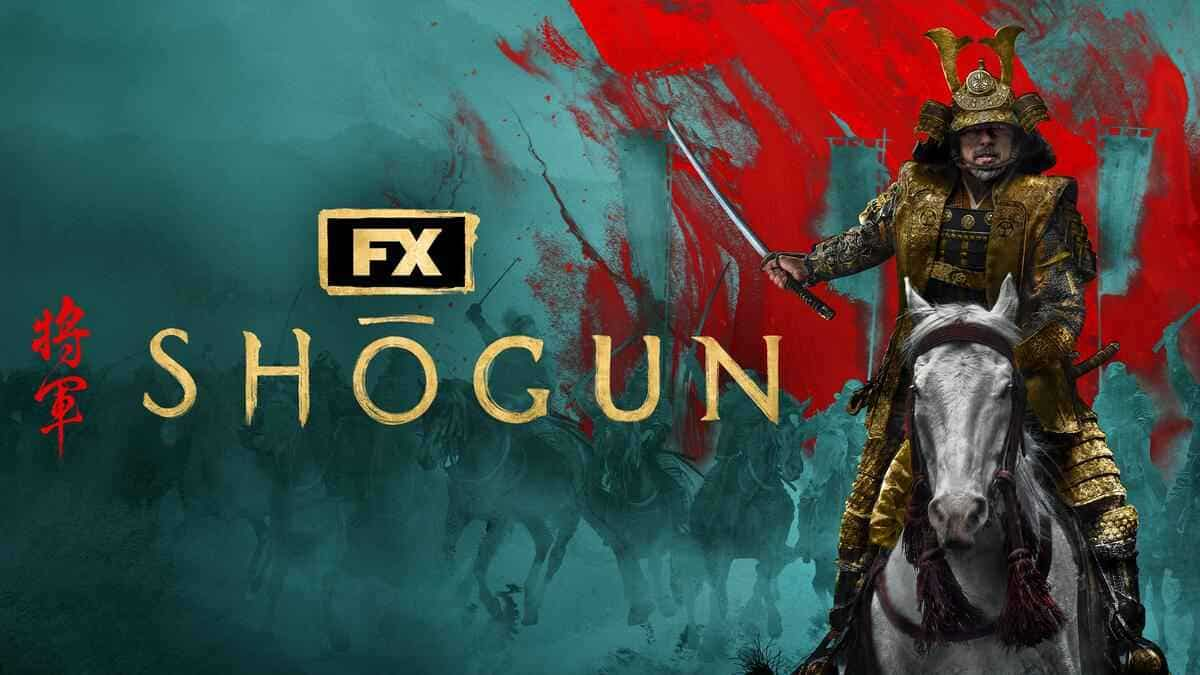
Shōgun review: A riveting journey into Feudal Japan!
12 days ago | 32 Views
Story: John Blackthorne, the English Pilot-Major of a Dutch trading ship, and his fellow surviving crew members arrive at the shores of a Japanese fishing village in the year 1600. They reach Japan at a time of political uncertainty when the ruling Council of Regents plots to overthrow one of the five Regents, Lord Yoshii Toranaga, a powerful Lord from a long line of Samurais.
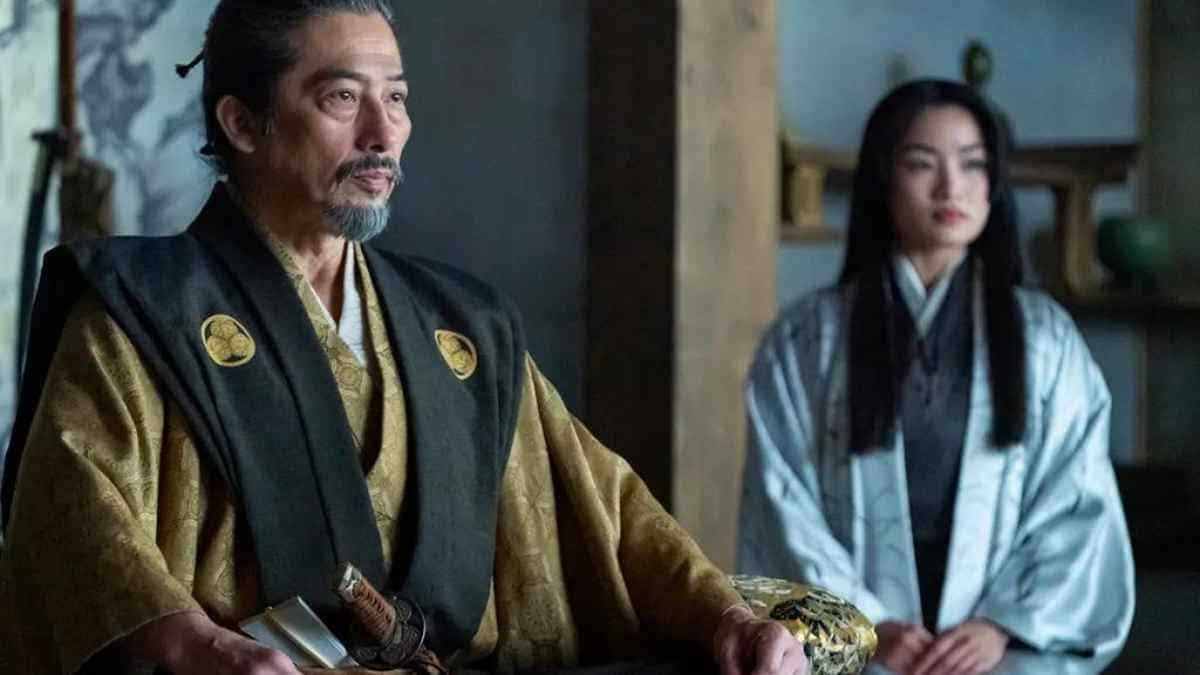
Review: Feudal and Edo-era Japan have attained new-found popularity across the globe in recent years, on account of the best-selling video game Ghost of Tsushima and the hit Netflix animated series Blue Eye Samurai. The stories of both productions explore some of the most fascinating periods of Japan’s rich, vibrant, complex, and violent history. Shōgun, based on James Clavell’s epic novel, is set during the transitional period between the Feudal and Edo periods, and the events preceding the real Battle of Sekigahara in 1600. While the characters in Clavell’s novel are fictional, they are based on real historical figures.
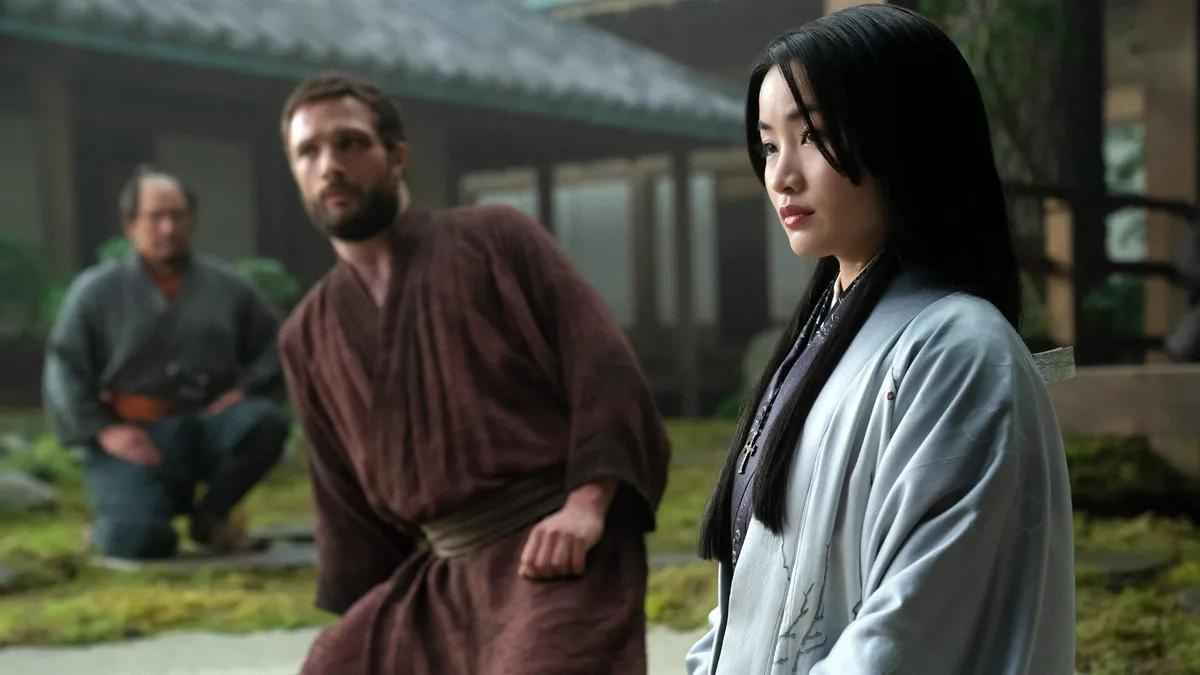
In many ways, Shōgun is the Japanese version of Game of Thrones, but of course without the dragons and the dark fantasy elements. The story might present itself as John Blackthorne’s heroic tales in Japan, but it soon becomes evident that Blackthorne aka Anjin-sama is merely an observer of the ‘game of thrones’ being played by Lord Yoshii Toranaga and his rival Lord Ishido Kazunari, a powerful Regent. It is ultimately the story of Lord Yoshii Toranaga’s path to setting up the new Shogunate in Japan with him as the new Shōgun (the military ruler). The Englishman Blackthorne is a conduit or storytelling device to immerse the audience in the TV show’s captivating story. In other words, he is simply a character in someone else’s story.
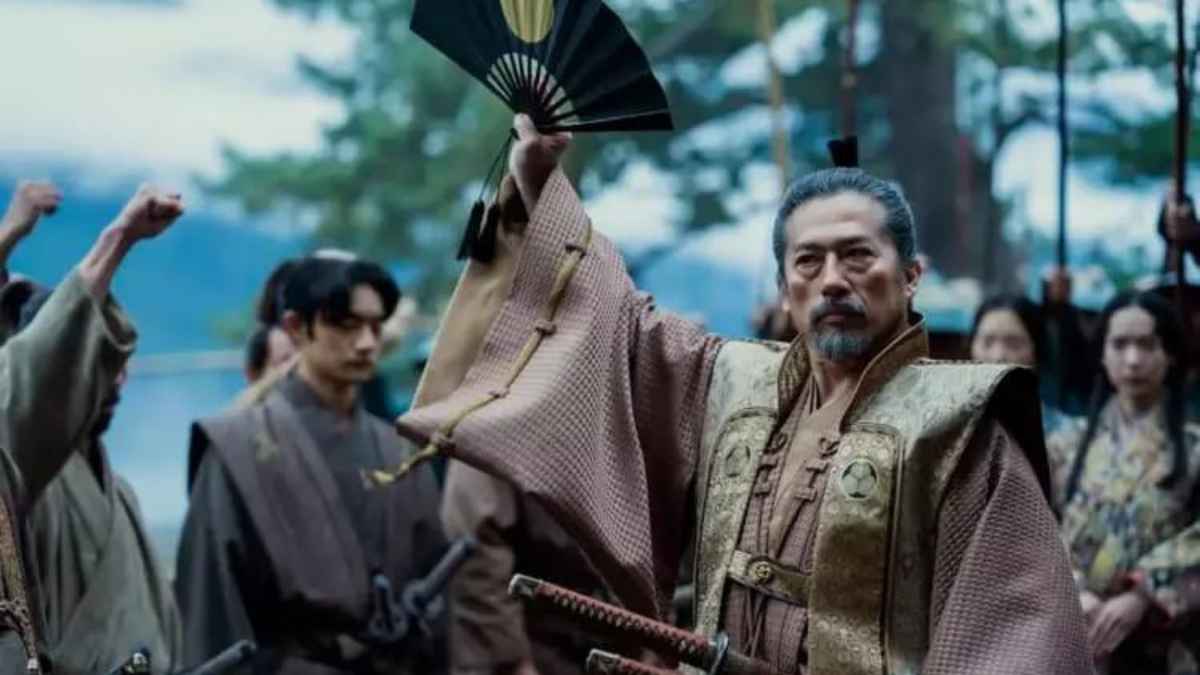
Showrunners Rachel Kondo and Justin Marks have successfully condensed Clavell’s 1000-word novel into a 10-part mini-series. It is a remarkable feat considering several filmmakers and showrunners in the past have failed to find the right balance in adapting epic novels. Despite their relative lack of experience in helming major productions, the husband-wife duo Kondo and Marks have delivered a TV show featuring stunning visuals, skillfully crafted screenplay, and excellent performances. Each episode offers audiences plenty of suspense, intrigue, katana action, drama, and a deeper understanding of Japan’s rich and complex culture and traditions.
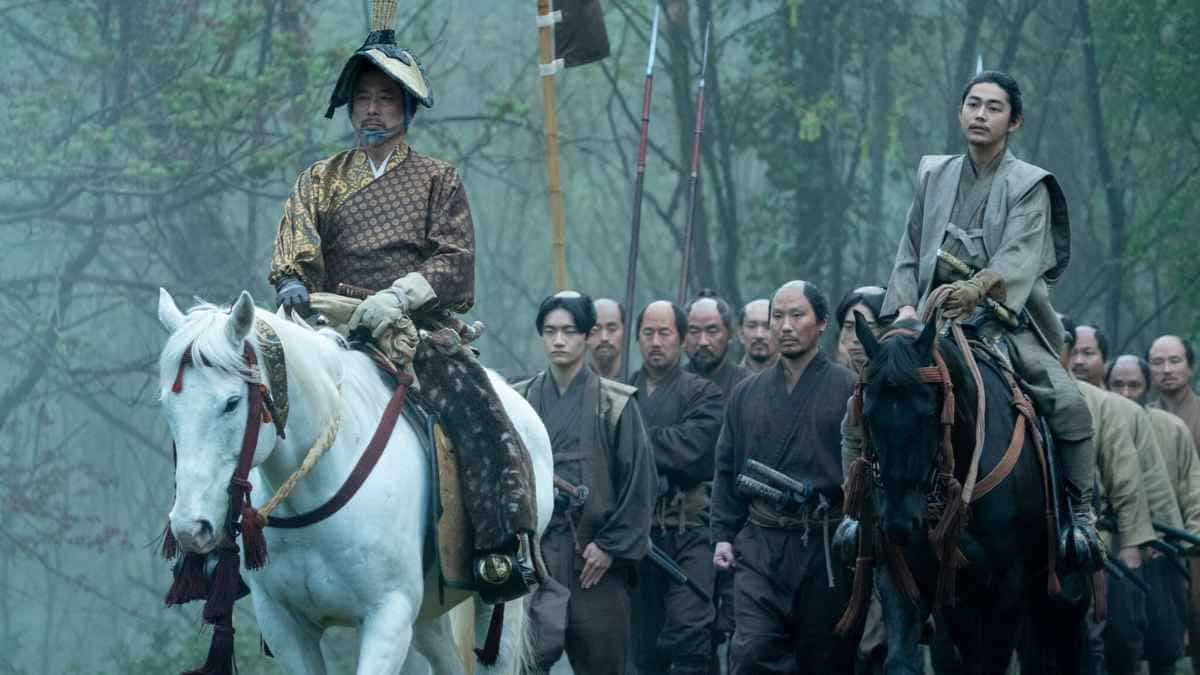
Apart from its excellent cinematography, it is the compelling performances of its lead stars that truly elevate the series. Veteran Japanese star Hiroyuki Sanada, who recently starred in John Wick: Chapter 4 and Bullet Train, is immaculate as Lord Toranaga, essaying the role with nuance and subtlety. Sanada’s range as an outstanding thespian, which is often under-appreciated, is brought to the fore through his deeply complex character Toranaga. As Game of Thrones comparisons are inevitable, Toranaga is the right mix of Ned Stark and Tywin Lannister. While Toranaga is the central figure of the story, Anna Sawai’s character Lady Mariko, is the story’s most influential. Mariko is the last surviving member of her family, a once-prominent Samurai clan, and she is also a Catholic convert who has unwavering loyalty towards her liege Lord Toranaga. Her relationship with the ‘barbarian’ Blackthorne, as his translator, and their forbidden love are also vital to the story.
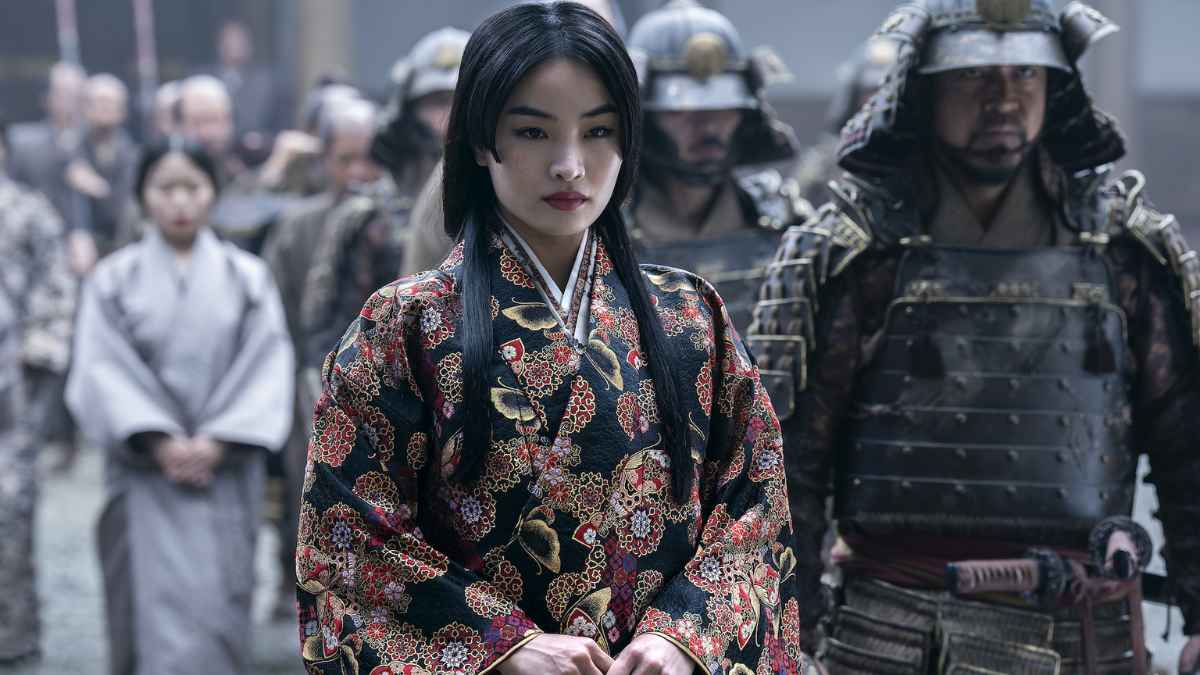
Cosmo Jarvis, who plays Blackthorne, delivers his career-best performance as the English navigator. His character development over the course of the season mirrors the audience’s understanding of the sociopolitical landscape of 1600 Japan. From labelling the Japanese as savages to eventually embracing their highly sophisticated customs and traditions, Blackthorne almost becomes a ‘Western Samurai’. His character is also pivotal in exploring the war between the Catholic Portuguese and the Protestant English, and how this inter-Christianity squabble fuelled European colonialism.
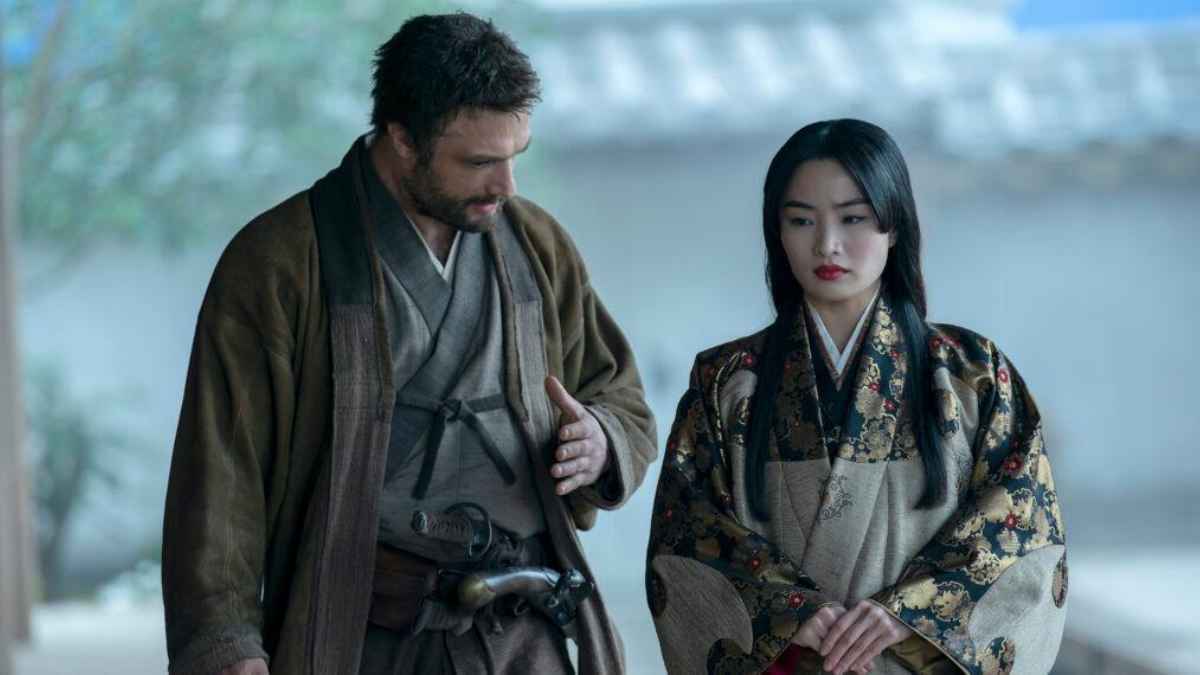
Tadanobu Asano as Kashigi Yabushige, Fumi Nikaido as Ochiba no Kata, Néstor Carbonell as Vasco Rodrigues, Tokuma Nishioka as Toda Hiromatsu, and Moeka Hoshi as Usami Fuji, among others, are outstanding in their supporting roles. Their performances are especially significant when the scenes lean more on monologues and dialogues. While one might expect more action and Ghost of Tsushima-style Samurai swordplay, the narrative focuses more on Toranaga’s political and military strategy, and it is executed to great effect. This does not imply that the series is devoid of violence and gore, as almost every episode features a Seppuku (ritualistic suicide) and heads being decapitated with a single swing from a katana.

The finale steers clear of conventional stories about war featuring epic battles. The final episode instead leans on the idea of war and how it could reshape the socio-political landscape of Japan forever. This unconventional creative choice could’ve backfired, but the finale is crafted to near perfection, owing to its stellar writing and outstanding performances, to the extent that the series does not require an epic battle sequence. Shōgun will likely go on to be revered as one of the finest historical fiction ever produced on television.
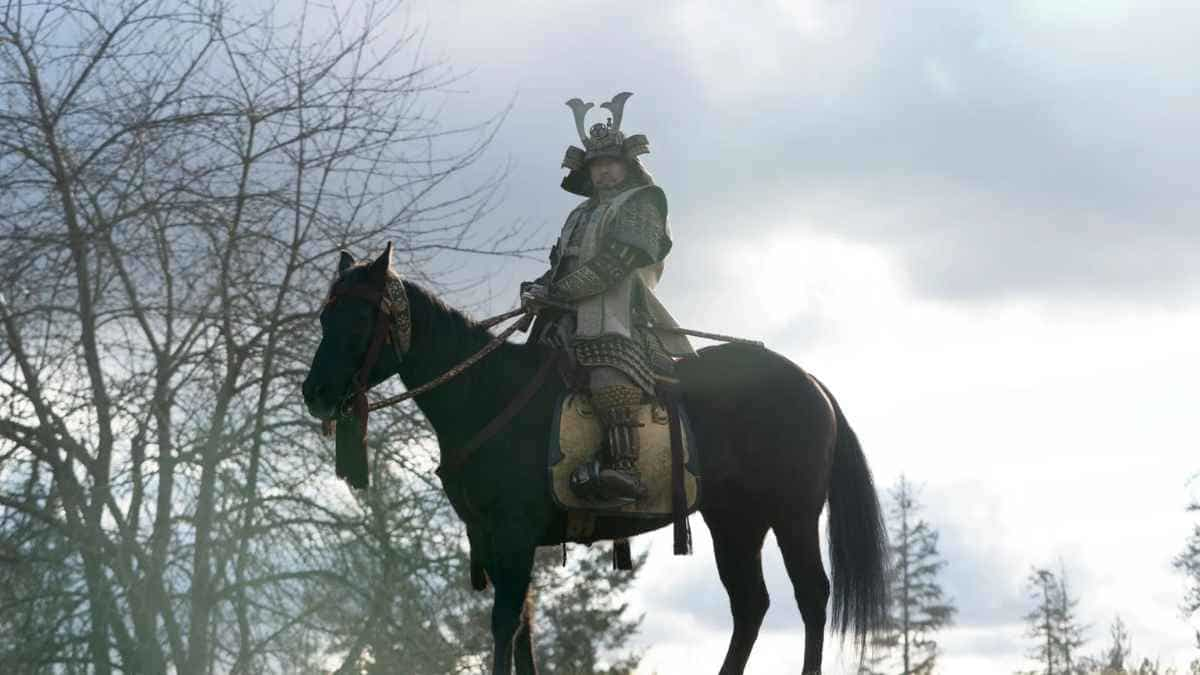
Verdict: Shōgun deserves to be elevated to the pinnacle of television greatness. Meticulously crafted with impeccable attention to detail, breathtaking production design, mesmerising performances, and unparalleled writing, it stands as a defining masterpiece in television history.

















